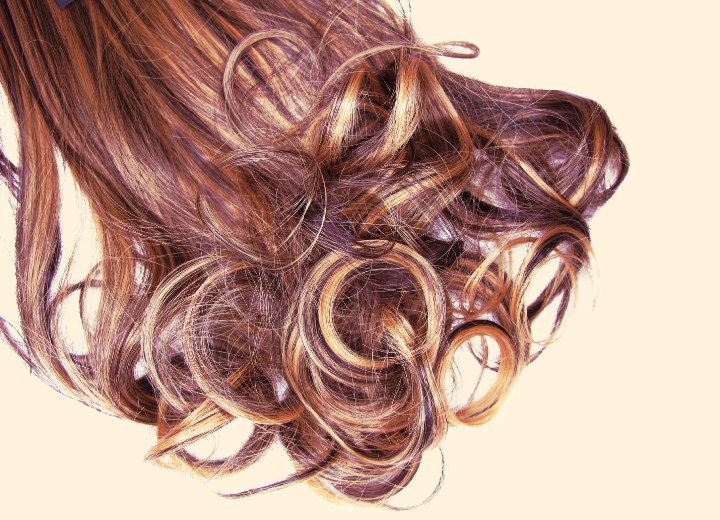High-lift Hair Color Process

A: Well, the key is going to be in selecting the right kinds of color for the processes you need. Depending on the condition of your hair, I would suggest that you use a high-lift color process to achieve your lighter, all-over color, then wait a week or so and follow it up with another high-lift color process to create the highlights you desire. In between these processes, you can focus on conditioning the hair and making sure to counter any damage the color process may cause.
When selecting the colors you want to use you should use the swatches provided in each section of the hair color aisle that correspond to the chosen brand of color. You will be looking for permanent hair color. Because you will want to have the hair lightened by the color process, you will need to use the right strength of peroxide developer. Example: If the color you started with is a level 5 and you want to have a level 8, you should use a 40-volume peroxide developer.
Take a look at the portion of your hair that is not gray and try to determine the underlying ‘base pigmentation’ of your hair. This is easiest if done in sunshine. Simply look at the glints of sunlight that reflect off of the hair shafts. Do these “twinkles” of light have a golden glow, warm reddish, or orange cast to them? Do they seem cool and have a greenish tint, or perhaps blue or violet?
The base pigment of your hair’s natural color can effect the results of your hair color process, as lightening the hair can reveal this base pigment more readily. In addition, lightening the hair with a color process using a color that has a matching base color (similar to your base pigment) can result in a more-intense color result than you expect.
Example: if the base pigment of your hair’s natural color is red, and you use a high-lift color process with a red base color, you may end up with a color that is too red and brassy. To avoid this, you should look for a color with the lightness-level you want, but which has a complementary base color to your hair’s natural base pigment. In this case, a light color which has a green (drab) base color used in the process will help to neutralize the redness of the color.
Many manufacturers have a selection of colors using “neutral” base colors which can be good for those who don’t know how to tell about their hair’s base pigment. Using a color with a neutral base is good if you are unsure about the base pigment of your natural hair.
Just remember not to panic if the results go awry; the color can be fixed.
In your case, you should find out the base color in the hair color you have been using on your hair. Treat this color as your hair’s base pigment. Select a new all-over color based on complementing that color. (For help in understanding just what this entails, please review our collection of articles on hair color.) If you select a color with a complementary base color to the one previously used, you should get a pleasant result, and be prepared to further enhance your look using highlights. Just remember to select your highlighting color using the same rules as your new base color.
A couple of special things to remember: your gray hair could be harder to color (although if previous color has been done without issue, this may not be a major factor) and it may be more difficult to lighten, so be sure to test the hair before using a color all over the head, and if necessary, look for additives that can be used with hair color to increase the penetration into the gray hair.
Finally, your gray hair will not have natural variance in color to make for a natural looking color result. Be aware that lighter color can look flat and brassy depending on the amount and density of gray in a given area of the head. Be sure to use the subsequent highlighting process to break-up any “too gray’ areas for a more natural-looking color result.
©Hairfinder.com